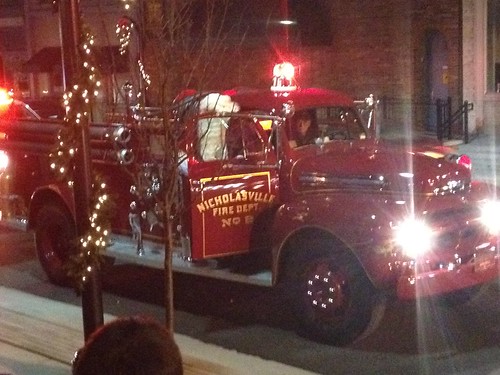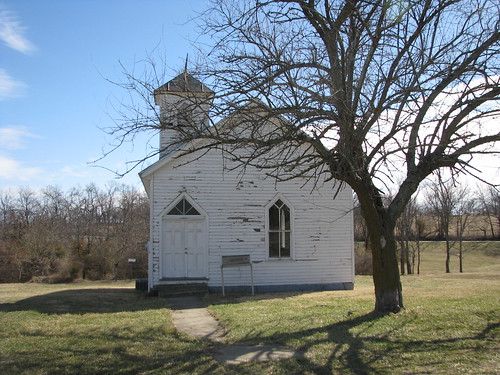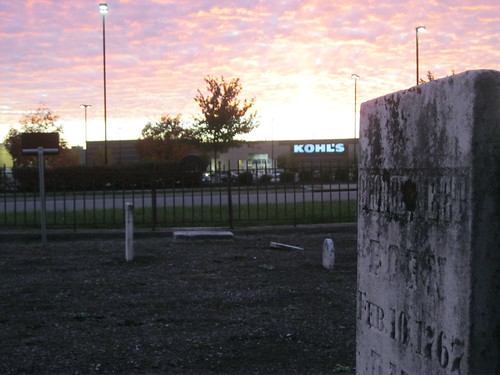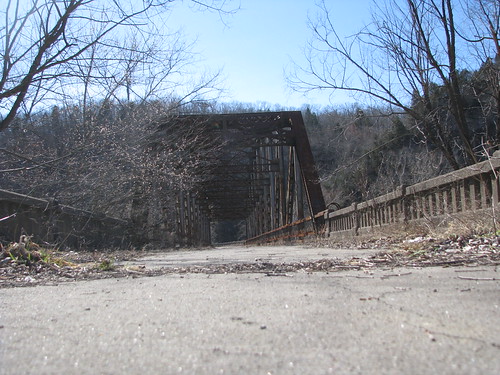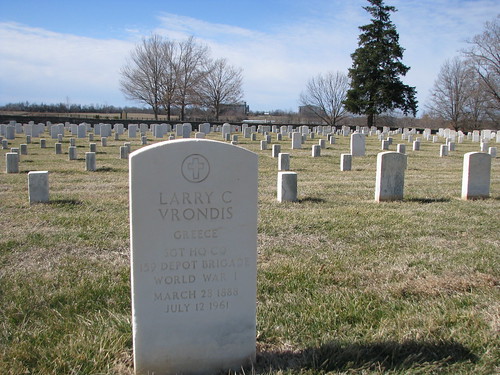A variation of the following originally appeared on ProgressLex on May 18, 2011. I have previously written on the historic Valley View Ferry on the Kaintuckeean, but current events bring history to the forefront.
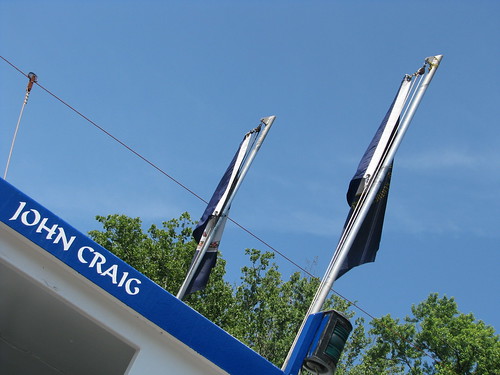 |
The flags of Virginia and Kentucky fly over the John Craig vessel at the
Valley View Ferry, Ky. |
The Valley View Ferry is a great example of what makes the Bluegrass unique. Crossing the Kentucky River at the point where Fayette, Jessamine and Madison counties meet (at the very end of Tates Creek Road), Valley View is the oldest, continuously operating ferry service west of the Alleghenies and the third oldest operating ferry in the country. In fact, Valley View predates the Commonwealth itself by seven years. When Virginia Gov. Patrick Henry (yes…that Patrick Henry) signed the Ferry’s charter in 1785, it was to be both “perpetual and irrevocable.”
The Lexington mayor’s budget proposes to withdraw Lexington’s funding for this historic landmark and important traffic corridor, undoing that which was begun by one of our Nation’s Founders.
Mayor Gray’s budget includes many tough decisions that affect a number of worthy groups and interests. Many of the cuts involved millions of dollars, yet the Valley View Ferry budget for Fayette County ($40,000/year) is fairly small. But this amount (most of which is in-kind materials and services rendered by the LFUCG for Ferry maintenance), and the overall support for the Ferry by the LFUCG, is critical for this important economic, transportation, and historic operation.
The Valley View Ferry is owned and operated by the Valley View Ferry Authority, which is the product of an inter-governmental agreement between Fayette, Jessamine and Madison Counties. Each county, plus the Kentucky Transportation Cabinet, contribute to funding the Ferry. This inter-governmental organization is exactly the kind of regional cooperation in which the LFUCG should participate. Regionalism is key to the region’s economic growth and is a staple of any economic development report.
Each day, the Valley View Ferry transports workers across the Kentucky River to and from work in Fayette County (remember, these workers pay Lexington payroll taxes which are the chief revenue source for LFUCG). For many, the Ferry saves nearly an hour of commuting time each way. It is an indispensable economic link between the three counties. An average of 15,000 passengers take the ferry each month; it is estimated that between 50-70% of the passengers live or work in Fayette County and pay Lexington taxes.
The Ferry supports “a major traffic corridor in the area and continued funding at both the state and local level is vital to its continued operation.” [*] Of the several ferries operating entirely within Kentucky, ridership on the Valley View Ferry is the highest. Importantly, the Valley View Ferry is an “alternative emergency route when I-75 is closed.” [*]
The Valley View Ferry is also a tourist destination. When my nieces and nephews visit, one thing they always want to do is “take the ferry.” Valley View provides a beautiful view of the Kentucky River and, in the distance, the Palisades. Bicyclists often take the Ferry to cross the Kentucky River on their treks over scenic byways.
Saving the historic Valley View Ferry will not be easy. With many legitimate interest groups competing for a shrinking budget, we can not simply ask Mayor Gray to restore the Ferry budget without suggesting painful cuts to other parts of the LFUCG budget. But what we can ask is that Mayor Gray provide the visionary leadership that will bring the public and private sectors in Fayette, Madison and Jessamine counties together to work for a solution. Specifically, Mayor Gray should work with the Ferry Authority, government representatives of the effected counties, the Blue Grass Trust, Preservation Kentucky, the Kentucky Heritage Council, and preservation groups in Jessamine and Madison counties. With Mayor Gray’s leadership, a coalition of these groups stands a good chance of developing the creative public/private strategy that is needed to ensure that Valley View continues a mission and a legacy that dates back to the founding of our Republic.
A couple of action items. First, contact the Mayor (859/258-3100) or other persons of interest to urge the cooperation and leadership necessary to preserve the Valley View Ferry – a key part of central Kentucky’s unique and irreplaceable cultural heritage.
Second, ride the Ferry (open dawn til dusk daily, except where the water on the Kentucky River is high – check here).
Third, donate to the Valley View Ferry Authority: Valley View Ferry Authority, ℅ Roger Barman, Chairman, PO Box 856, Nicholasville, KY 40356-0856. All donations are tax-deductible.
